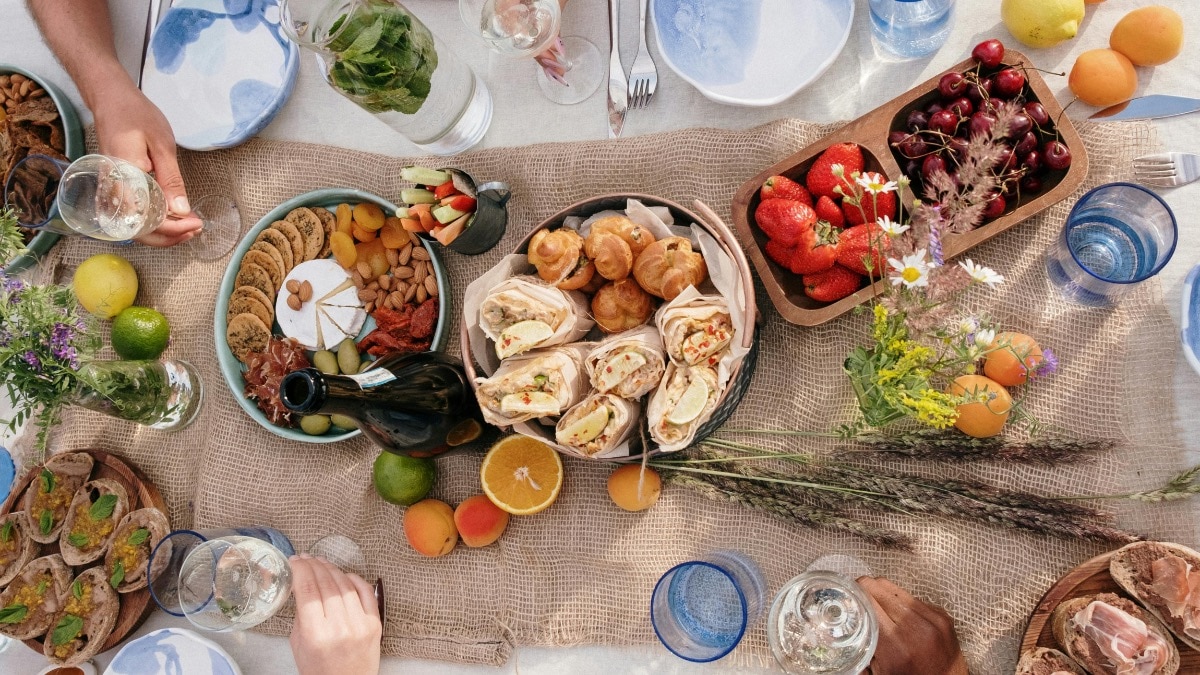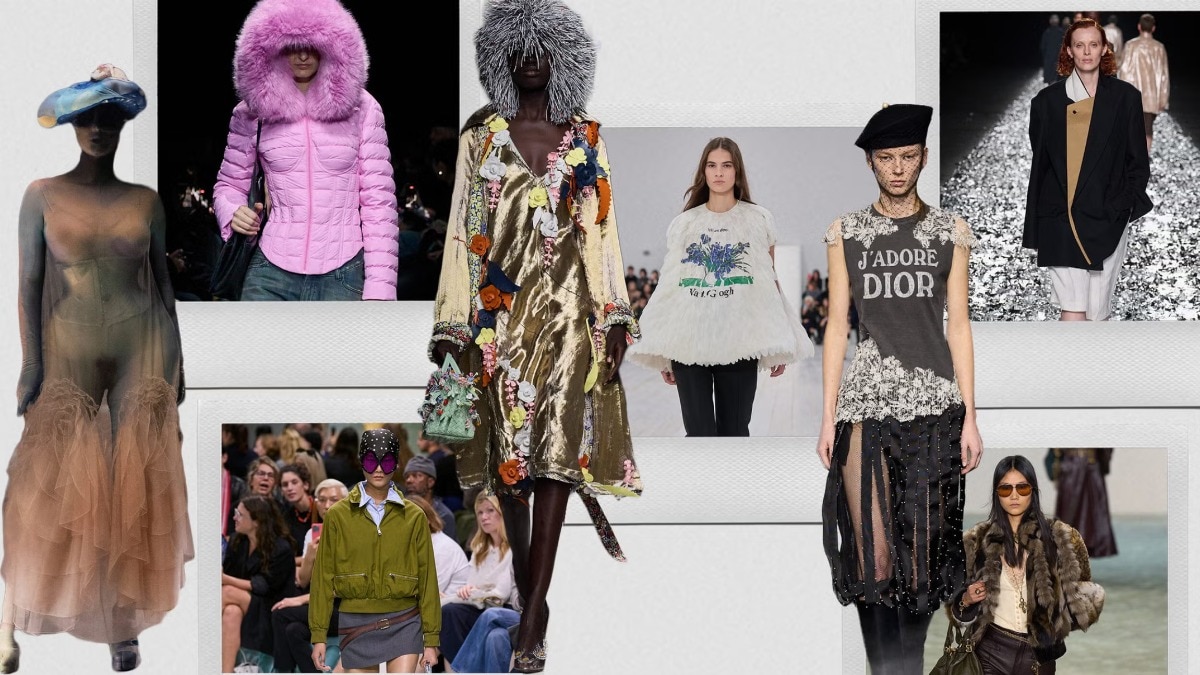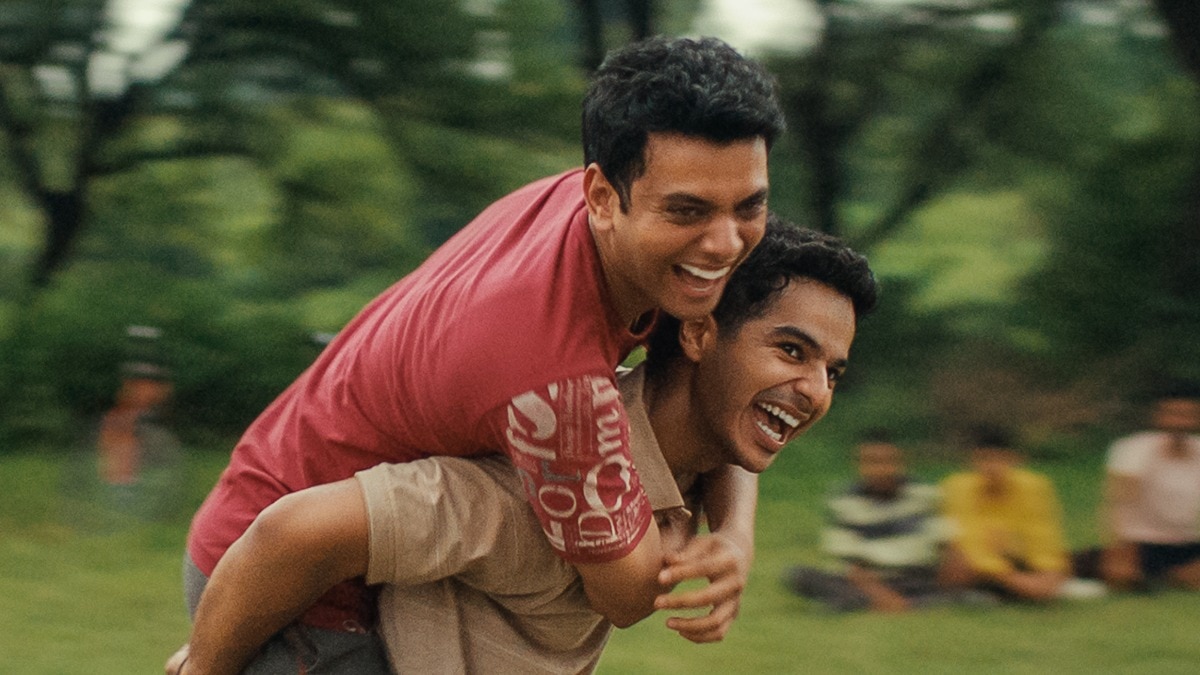
Discovering Masai Mara's wildlife treasures and mesmerising landscapes
On a magical trip to Africa's famous safari destination, Brooke Theis tracks lions, spots shy leopards, and revels in its beauty.


"Look, there, on that branch," said our sharp-eyed guide, Sammy, cutting the engine of the 4WD and pointing to a female leopard sprawled high in an acacia-tree, her long tail dangling from the branch. "Can you see her belly? She’s just had cubs." He was as excited as we were to behold one of the Masai Mara’s most elusive wild cats just a few metres away, feasting on a recent kill. There had been rumours circulating around the Naboisho Conservancy that she had given birth under a tent at Great Plains’ nearby Mara Nyika Camp—which we would be calling home for the next few days—and here was the first evidence of it.
My partner Zak and I had travelled west from Nairobi to the Masai Mara National Reserve by light aircraft that morning, following a restorative overnight stay at the grand Hemingways hotel in the city’s suburb Karen (named after Blixen, the Danish author of Out of Africa). Soaring over the valleys newly made green by the October rain, towards Kenya’s border with Tanzania, I had a magnificent bird’s-eye view of a herd of elephants. On landing, we were picked up by Sammy in a luxurious six-seater Land Cruiser, which came equipped with a professional Canon camera, binoculars, wildlife guidebooks, cold drinks and delicious mini quiches, which we devoured eagerly, before setting off along the dusty-pink tracks of the savannah wilderness.

On a game drive, your eyes quickly adapt to detect the slightest movement: the rustle of leaves caused by a ring-tailed mongoose scrambling into its burrow like a bandit; skittish warthogs running in the shrubs with their piglets; the iridescent flash of blue and yellow from the wing of a starling. We passed nearly 30 hippos submerged in a river, where two enormous crocodiles were basking on the banks; stopped to see a dazzle of zebras drinking at a waterhole; and spotted a pair of fuzzy lion cubs playfully tumbling on top of each other as their mother prowled away.
When the sun began to sink behind the blue hills, turning the sky a blaze of gold and orange, we meandered towards camp. Mara Nyika was the first of three Great Plains properties we visited in the Masai Mara, each within a different conservancy and all members of Relais & Châteaux. Its founders Dereck and Beverly Joubert, the National Geographic filmmakers, photographers and designers of the safari-wear line D&B Explorer Collection, operate 14 camps across Kenya, Botswana and Zimbabwe. Their profits contribute to the Great Plains Foundation’s extensive conservation initiatives, restoring and protecting nearly a million acres of land across Africa for wildlife to flourish.
As we pulled up to the secluded site beneath a canopy of umbrella-thorn-trees, the staff gave us a warm welcome in the form of a traditional Masai song and dance. We were handed a honey and ginger drink and led to our tent. This is camping at its most refined: elevated along a wooden walkway, each of the five suites consists of three rooms connected by canvas archways. Bedrooms come with large copper bath tubs, his-and-hers sinks, rainfall showers, a desk with reading glasses and king-size beds with plush hot-water bottles that are filled by staff to warm the linen at night.
The interiors are shaped by local artisans, appointed with ornate hand-woven rugs, intricately carved lanterns and blankets for when the evening chill sets in. Great Plains’ camps run on solar power, staff propagate indigenous trees on-site and have their own thriving kitchen gardens, which chefs put to creative use in menus that change daily. Lunches were consciously light, consisting of fresh salads, flavourful fritters, vibrant grain bowls and cheeses with tangy home-made chutneys, while dinner was a more extravagant three-course affair, served by candlelight. We were encouraged to have breakfast out in the bush to avoid missing the early morning excitement, for which the team would arrive at a sheltered location and set up a table and chairs with an elaborate buffet of pancakes, bacon and eggs.

If we were observing something particularly exciting, staff would meet us on location with a bountiful packed lunch—which we took advantage of one day as we followed a pair of hungry cheetahs lithely stalking a herd of topi antelope. Sammy had a special knack for anticipating the movements of big cats, a skill he credits to the many months he has spent researching them for David Attenborough documentaries. This meant we were never far from the action: one evening, we tailed a group of three mature lion brothers at speed, our hearts thumping as they fought off a young male intruding on their territory.
We also spent a night at Great Plains’ four-tented Mara Toto, situated further east on the bend of the hippo- and croc-infested Ntiakitiak River, and two more a five-minute drive downriver at Mara Plains, the largest of Great Plains’ camps in the Masai Mara with its seven guest-rooms. There, our evenings began gathered by the fire-pit for a gin and tonic under the stars, listening to a chorus of lion whoops, hippo grunts and hyena calls. On our final night, we exchanged stories with the camp’s staff and the other guests, for many of whom this was a return visit. We learnt of the baboon who mistook a photograph of a leopard in the reception for the real thing and spent days screeching a distress call; the elephant who kicked down an acacia-tree simply to show how strong he was; and the vervet monkeys who sneaked into a tent to steal sugar from the tea caddy. Although our time in the Masai Mara was drawing to a close, we had been left with enough tales to last a lifetime.
This article was first published in the print edition of Harper's Bazaar UK in June 2023.










